This is a followup to BC Wildfire Tanker Cost FOI — The Devil is in the -redacted- Details.  Download the full, un-redacted FOI Release here: Reconsideration FOI (PDF) Download the Excel Spreadsheet here: XLS file or PDF file
THE PREVIOUSLY REDACTED DETAILS HAVE BEEN RELEASED!
CHALLENGE #1:
Will the parties and subsequent new Provincial Government, commit to re-evaluating the effectiveness of its FIRE FIGHTING STRATEGY and USE OF AERIAL RESOURCES?  Are we attacking fires effectively in order to keep overall costs down?  Does the current ‘let it burn’ strategy still apply with new and extreme fire behaviour? Should we implement ‘no-go-zones’ in regions near population centres with heightened surveillance and much improved initial-attack response times in order to keep uncontrolled burning to an absolute minimum?  Have we implemented the recommendations of the Commissioners report produced after the Kelowna Fires?
CHALLENGE #2:
Will the New Provincial Government, re-evalutate its tendering process, make long term firefighting contracts open and public and ban the receipt of donations from prospective firefighting companies as well as impose limits on how government and industry professionals and move between sectors that would avoid potential conflicts of interest.
CHALLENGE #3:
Will the New Provincial Government, invest in the upgrade of both Martin Mars aircraft to modern turbine engines to reduce fuel, maintenance, and positioning costs and ensure these aircraft are in the provincial arsenal for the forseeable future and further, create lake bases across the province for all amphibious and flying boat aircraft to use in times of need as inevitable fire fighting emergencies will continue to increase as climate change impacts our province?
In the words below I submit the information that I believe supports implementing these initiatives.
The Government Fact Sheet Debunked by Government Information.
As announced by Airspray on their Facebook page on Sunday, Monday April 24 marks the start of the 2017 Fire Season.  At this time in 2016, I had already been in contact with the Ministry for a request for information on contracts and flight and fuel costs.  The full information was initially redacted and, after a complaint to the Commissioner, was not released for 6 months. In January I finally got the email. It has taken me this long to slog through the numbers and create a report.
So here is a little reach back in order to tie up those loose ends. Â In summer 2014, when fires raged and controversy peaked on the absence of the Martin Mars aircraft including a 19,000 signature petition. The Government released a “Fact Sheet“. It was thoroughly debunked with available information.
However, some questions lingered due especially to a lack of full cost information. That was the purpose of the FOI and new facts released by the Ministry have helped clear things up.
The Ministry claimed “four new fire bosses cost $2.5 Million per fire season” plus hourly rates.  The FOI reported cost for 2015 was $2.1 Million excluding the birddog and a total of $3.3 Million including flight and fuel costs for 600 hours of work.  The Martin Mars cost $450,000 on standby for 30 days and another $456,000 for flight and fuel.
Fuel costs are estimates as only average fuel consumption numbers were provided by the Ministry.  According to my discussions with the Ministry, actual billed fuel costs seem to be tracked nearly manually and are not coalesced electronically. This would have required a massive cost in time and effort to bring together that I could not afford or justify.
Why are fuel costs, surely the cost most susceptible to extreme fluctuation, not tracked more comprehensively and transparently?
Hourly flight rates between the various types of aircraft turn out to be very similar.  2015 rates, excluding fuel, are around $6000-$6500 for Martin Mars and Air Boss Groups, bird dogs are included, and $4000-4500 for CV580 or L188 Air Tankers.
Actual fuel consumption rates are also very comparable between flight groups.  A pack of 4 Airboss aircraft have an average fuel consumption of 1400 Litres per Hour (350 each), slightly less for the wheeled types.  The workhorse CV580 and L188 fire retardant air tankers use between 1400 and 2800 Litres per hour respectively.  And the biggest aircraft, Martin Mars, consumes 2850 Litres per hour.
Perhaps the most emotional topic brought forward during the debate was age. Â The FOI request revealed not only the age of all of the aircraft in the provincial arsenal, but more importantly for aircraft, the flight hours.
The AirBoss aircraft are essentially new.  The oldest planes were built in the 1990s but most were built in this century.  However, the veteran aircraft in the arsenal are the CV580 and L188 Electra aircraft.  These aircraft are between 40 and 65 years old and yet log hundreds of hours a year from bases around the province.  Their airframe hours (reported in 2010) range from 14,000 to 24,000 for the Airspray L188s and 52 - 81,000 hours for the ConAir L188 and CV580s.  The Martin Mars aircraft, according to information provided to me by the company, are as of 2017 at exactly 21,326 hours and 23,497 hours for the Philippine and Hawaii Mars aircraft respectively.  For the Hawaii Mars, the aircraft used last in 2015, just 3,459 of those hours were since conversion to Fire Bombing in 1964.
The biggest challenge for the Martin Mars is not age or ability, it is maintenance of its engines and the cost and availability of the “AVGas” fuel needed for the piston engines compared to “Jet A/B” used by turbo-prop aircraft.
The cost to replace the piston engines with fuel efficient and more powerful turbo-props have been suggested to be in the $10-$30 Million per plane.  Would that one-time cost be worth it if the planes could give us 5000-10,000 more hours each of forest fire fighting time over the next 40 years?  Given the changes in weather that we can expect in that same time, I believe so.
CONTRACTS FOR LIFE
Away from the technical details, the contracts themselves should really be a cause for concern. They are invariably long term, and rarely changing… demonstrated in the excerpt below:
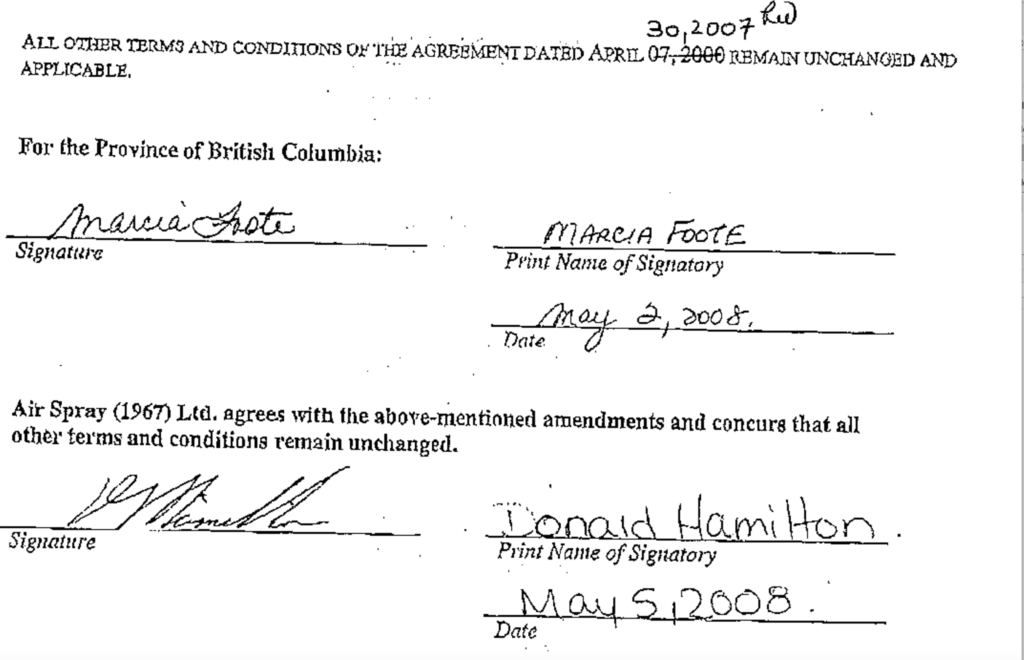
Agreements are 7-10 years with modifications each fire season to specify location, dates, and incremental increases in costs if they are different from the template.  The process has essentially gone unchanged, and unchallenged, for probably 20 years if not longer.  And yet, the public does not have access to these contracts.  They are not overly complex. And their cost should not be a state secret.  We already know the bottomline numbers for the cost of wildfire firefighting in British Columbia.  The public deserves to know more detail.
The call for proposals for the 2007 Air Tanker Service contract above is still on the website and shown below.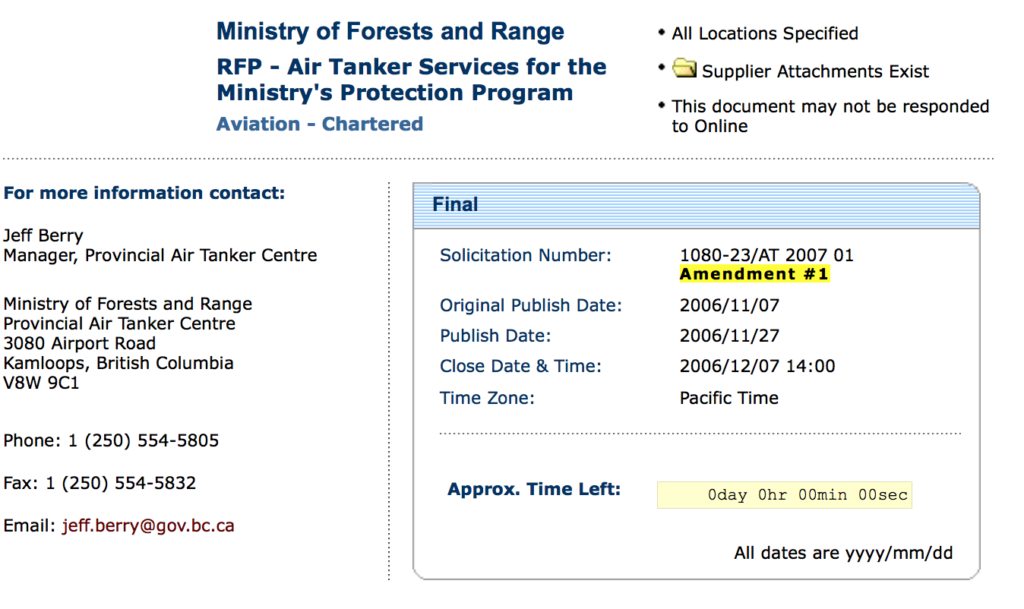 Note that Jeff Berry, the Provincial Air Tanker Manager in 2007, is now Vice President at ConAir.
Note that Jeff Berry, the Provincial Air Tanker Manager in 2007, is now Vice President at ConAir.
Over that time, there can be no doubt that ConAir in particular has benefited to the tune of millions upon millions of dollars in contract and flight/fuel costs compared to the other two companies.
ConAir provided 5 groups comprising 18 aircraft for the 2015 season compared to 4 planes from Airspray (up from 2 since 2008) and 1 from Coulson (down from 2 in 2007).  The total bill shared in standby costs to three companies in 2015 was approximately $15.7 Million.  About $12 Million of that went to ConAir.  With flight and fuel costs you can add another $18 Million being paid for Provincial air tankers with only $450,000 of that going to Coulson/Martin Mars and $5 Million going to Airspray.  So in total ConAir, in one year, walked away with business totalling as much as $24 million on a total BC Wildfire cost of $277 million. About 1/10 of the entire budget.  Is that right? That is what the information seems to suggest. We need more transparency.
Donating to Political Parties, or not, is just as consistent.
Since March 2005, ConAir has donated $100,000 to the BC Liberal Party and $2500 to the NDP.
 Coulson started donating politically in 2009 and has donated $9450 to the BC Liberals and $5350 to the NDP. Â Airspray is not listed as having donated to either party.
Coulson started donating politically in 2009 and has donated $9450 to the BC Liberals and $5350 to the NDP. Â Airspray is not listed as having donated to either party.
You can get there from here.
Finally, remember when the Province said the Martin Mars was not that great because of the small number of lakes it could use in British Columbia?  The FOI included the list of lakes, both those suitable for bases, and those just for scooping.
I have plotted them in Google Earth. Â You can download a Google Earth File with the information here.
Here are the Bases.  These lakes represent places where not only the Mars could be based, but any amphibious or flying boat aircraft could be repositioned in times of need.  Except for those way up north, they are all within a few miles of a major population centre able to provide logistics and support.  If there is not already facilities for floating aircraft, these are the places BC should invest in staging areas to facilitate the use of all firefighting water-borne aircraft.
The circles are 600km radius showing the historical range the Martin Mars has demonstrated. For example, from its base in Port Alberni to a fire in Nelson. From bases in BC the Martin Mars can cover all of the province, plus most of Alberta, Washington and parts of Yukon and Oregon. KMZ DOWNLOAD HERE
These are lakes able to be used by the Martin Mars for scooping.  Most are near population centres, where extreme fire conditions are most likely to require extended attention.  It is likely that these are the most commonly used lakes for all firefighting activity by amphibious or flying-boat aircraft.
Rebasing the Martin Mars is certainly one of the key reasons it is expensive to operate.  The amount of support people and materiel that moves with the Mars means an extra $13,000 a day in costs. However, as we saw with the fires in 2003 in the Interior, when you need them, they are worth the cost. A basing scheme with permanent staging points that benefits more than just the Mars would maximize their use and minimize the costs of all water-borne aircraft.
One last thing, that fancy plane.
Remember when Provincial Cabinet Minister Mike De Jong announced in February 2016 that the BC Government would be evaluating the RJ-85 Avro jet powered fire fighting aircraft for the first time in the 2016 fire season?
FOI records do not show any new contract being awarded.  The RJ-85 had already been on a ‘supplementary’ list for additional aircraft since at least 2014.  The RJ-85 has not been used in BC for fire fighting according to the information provided. The information does show that two RJ-85s were flown for a total of 9 hours at zero cost to the Province in 2014. By the way, by the way, is around 2,400 Litres per hour, in line with the all ‘heavy’ fire fighting aircraft.
Take out the Politics. We need all hands on deck.
As I have delved into this topic over the years one truism came up again and again… aerial fire fighting is political. Â And here we are, in the middle of a provincial election proving that point once again.
We need a government that will take the politics out of it. Â We need a government that will not be influenced, or even be perceived as influenced by political donations from companies that provide its services. Â Will the any of the parties commit to this?
In light of the challenges faced us with climate change and the new fire behaviour that it is creating, are we providing adequate protection to our forest service?  Is the Air Tractor, which has had notable safety as well as personnel problems investigated by Transport Canada, the right system for the job?
I believe all of the planes in the provincial arsenal are valuable and need to be used to their maximum potential.  We need to find the best way to minimize the potential for loss of life, property, and resources in BC and a robust initial attack.  Aircraft should not be retired out of spite, or misplaced ‘ageism’. We need and deserve as British Columbians a full costing of the forest firefighting world and an analysis of how best to minimize those costs both now, and in future conditions in 10, 20, or 50 years.
The technology is unlikely to change much in that time, but it seems certain that expectations for success are certain to only rise.
Media Contact: 250-731-7930

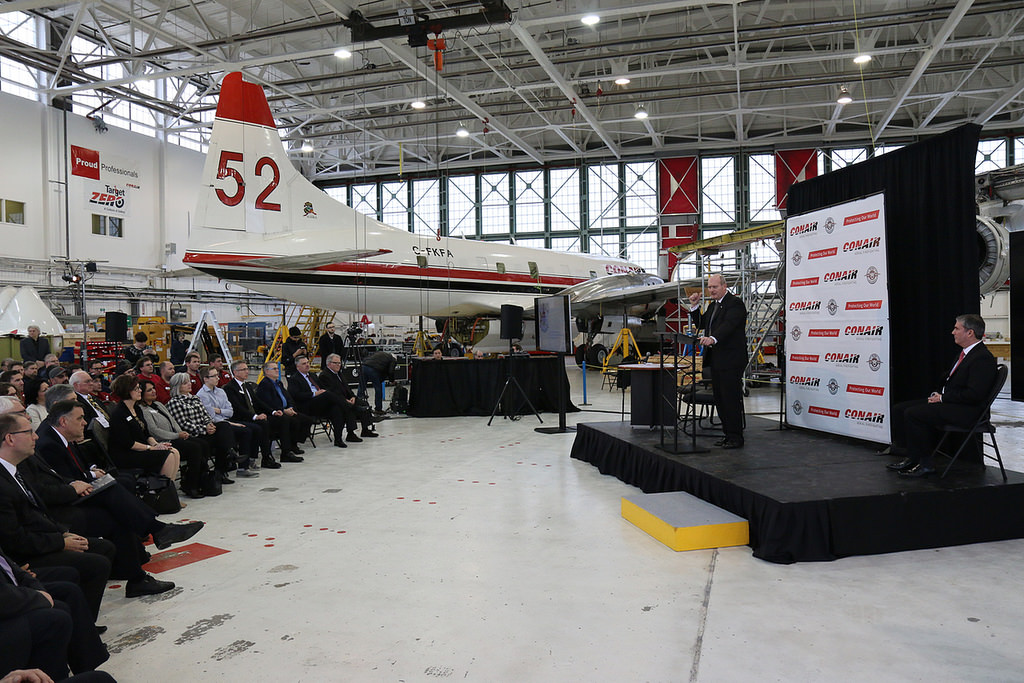
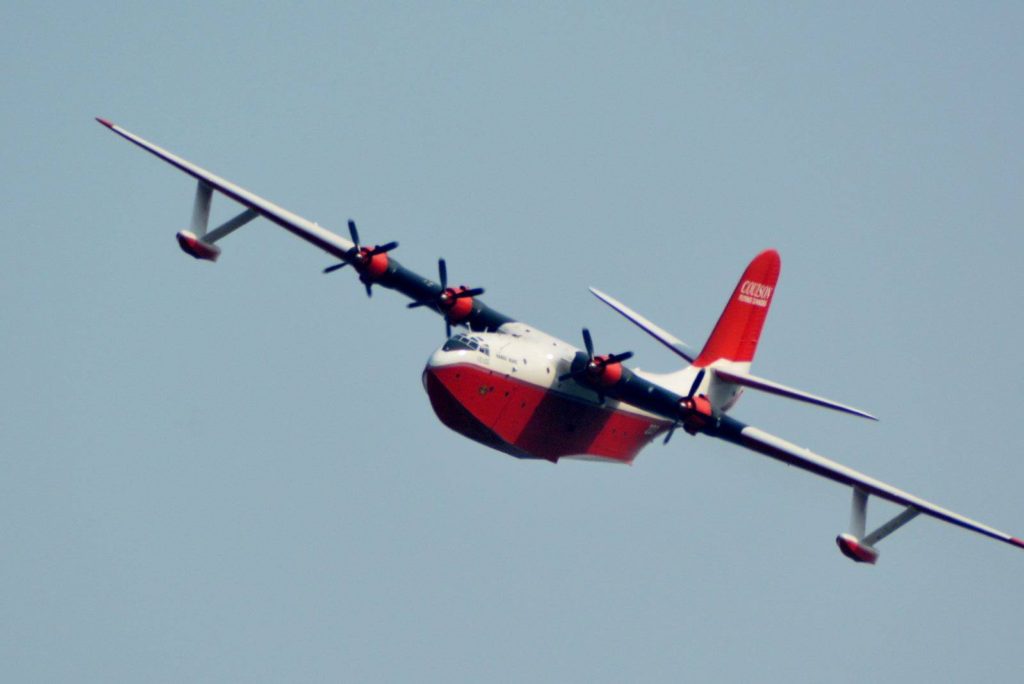
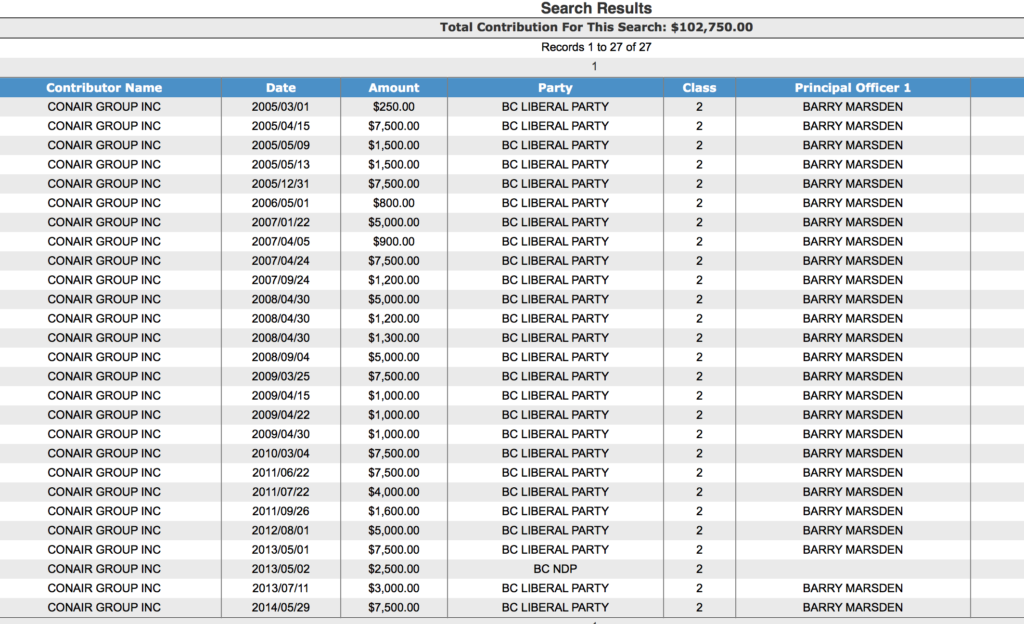
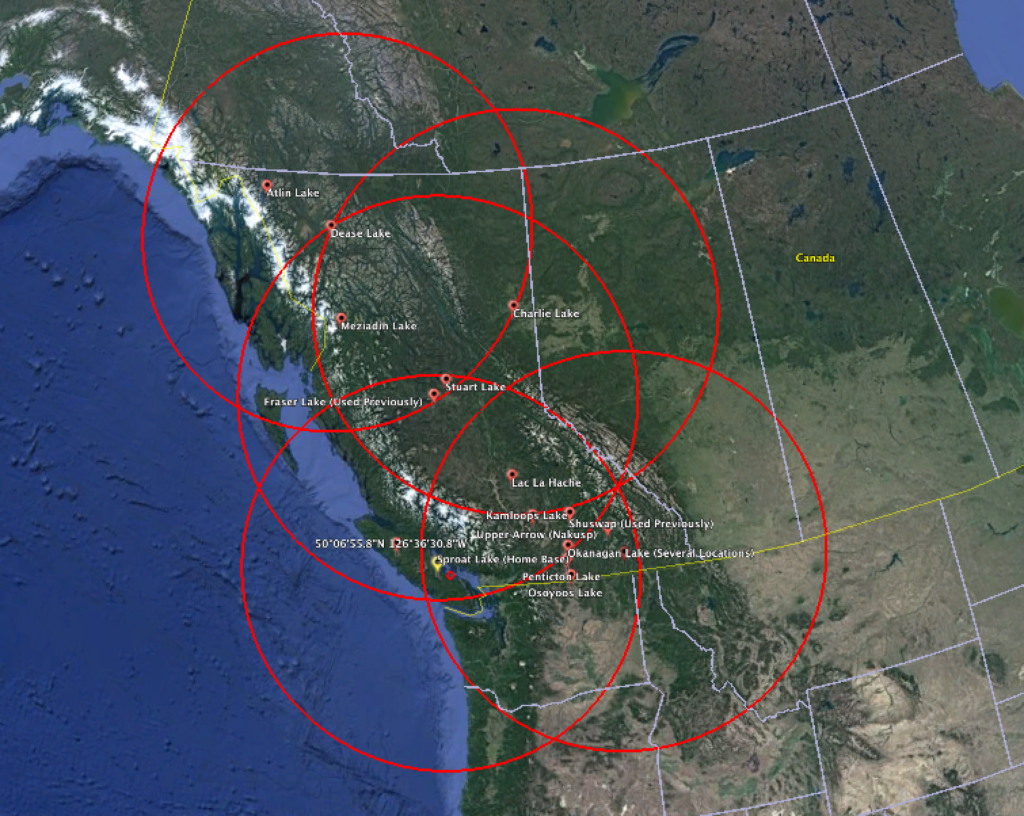

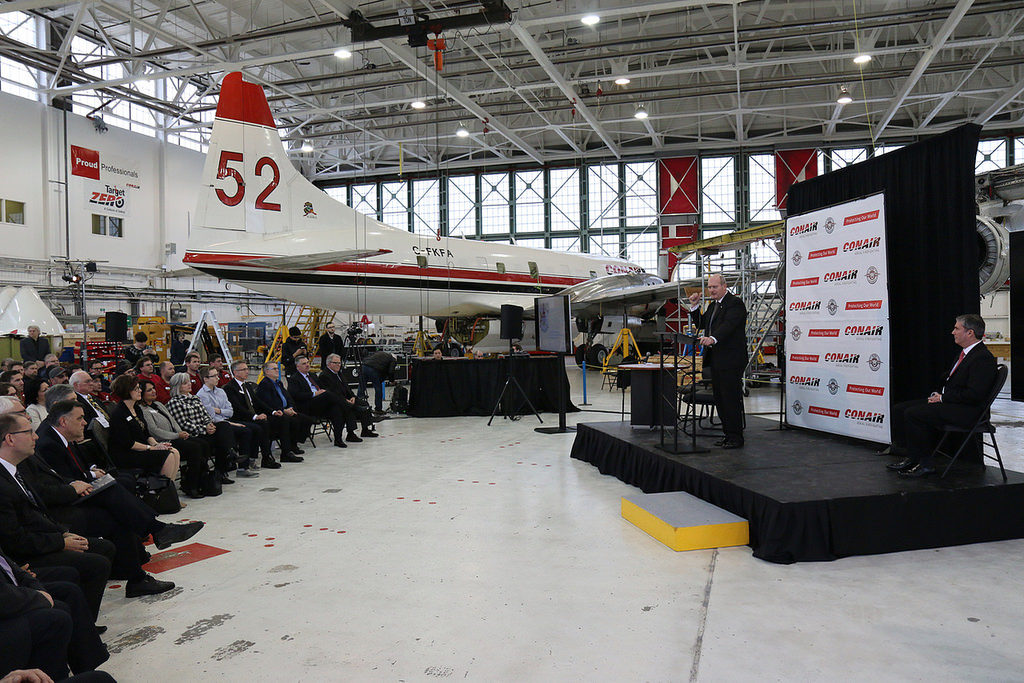
the Mars is the best tool out there.wayne could on has just not paid Christy off like the others.